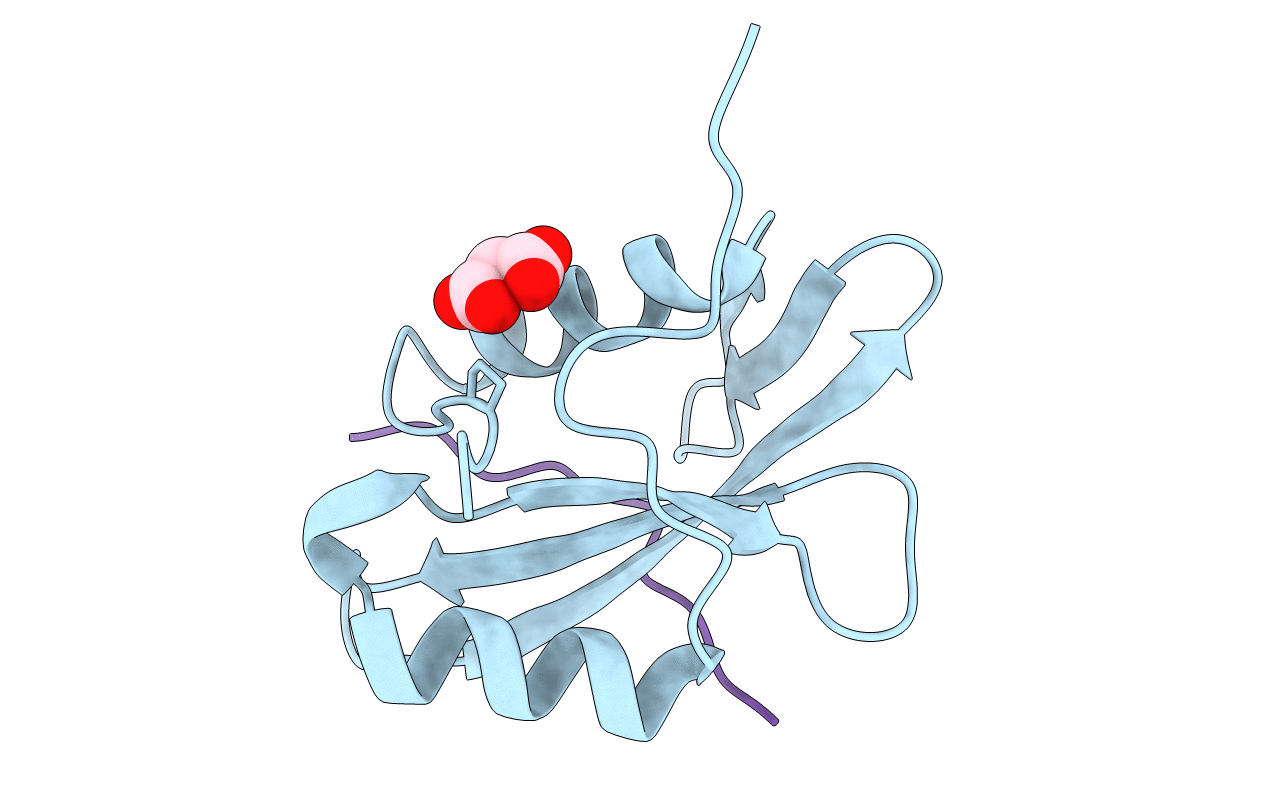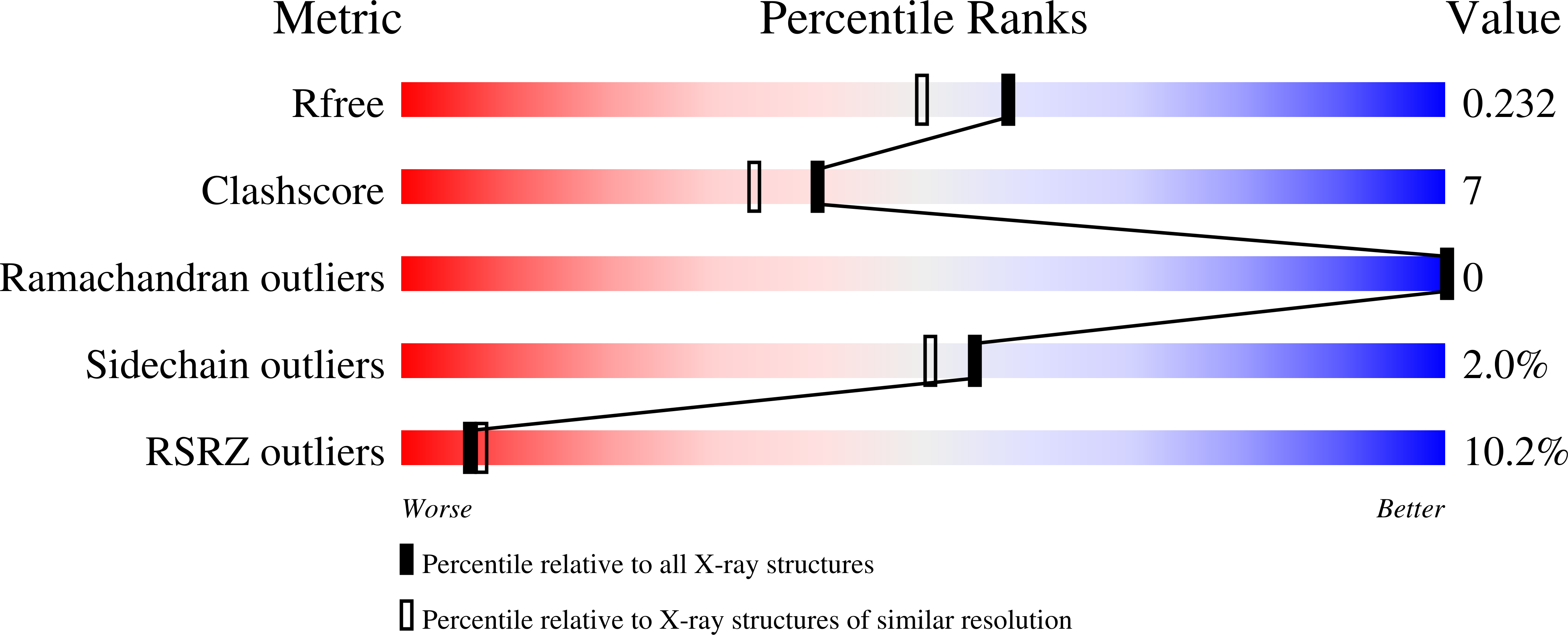
Deposition Date
2010-03-24
Release Date
2010-05-12
Last Version Date
2024-11-20
Entry Detail
PDB ID:
3MAZ
Keywords:
Title:
Crystal Structure of the Human BRDG1/STAP-1 SH2 Domain in Complex with the NTAL pTyr136 Peptide
Biological Source:
Source Organism:
Homo sapiens (Taxon ID: 9606)
Host Organism:
Method Details:
Experimental Method:
Resolution:
1.90 Å
R-Value Free:
0.23
R-Value Work:
0.21
R-Value Observed:
0.21
Space Group:
P 62 2 2


